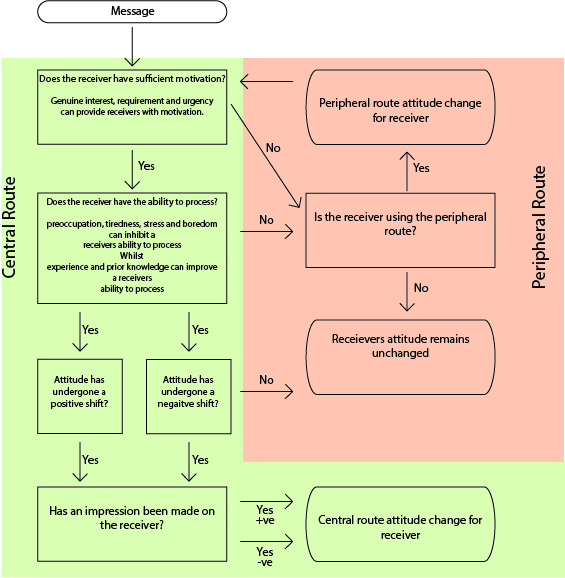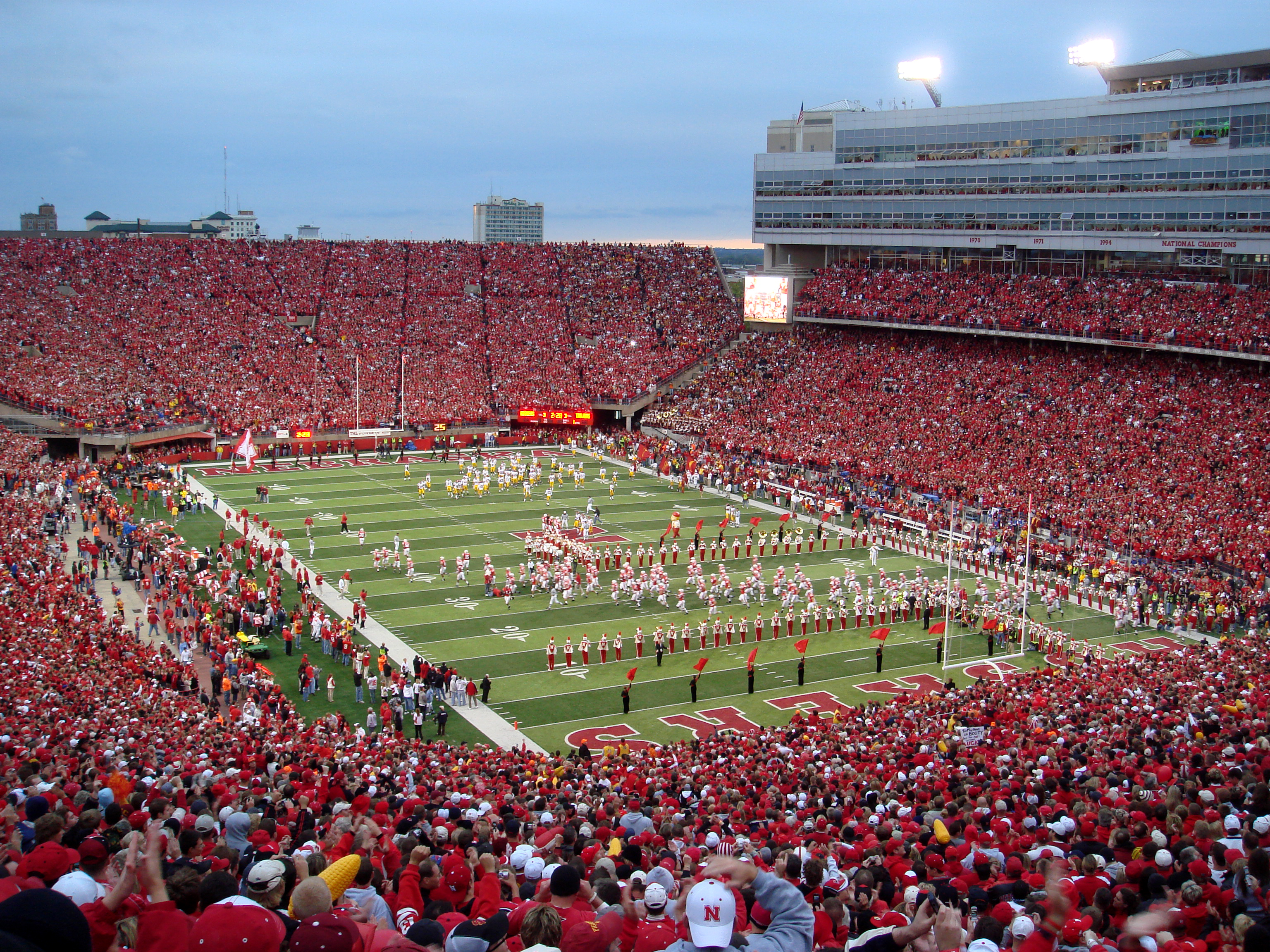|
Realistic Conflict Theory
Realistic conflict theory (RCT), also known as realistic group conflict theory (RGCT), is a social psychological model of intergroup conflict. The theory explains how intergroup hostility can arise as a result of conflicting goals and competition over limited resources, and it also offers an explanation for the feelings of prejudice and discrimination toward the outgroup that accompany the intergroup hostility. Groups may be in competition for a real or perceived scarcity of resources such as money, political power, military protection, or social status. Feelings of resentment can arise in the situation that the groups see the competition over resources as having a zero-sums fate, in which only one group is the winner (obtained the needed or wanted resources) and the other loses (unable to obtain the limited resource due to the "winning" group achieving the limited resource first). The length and severity of the conflict is based upon the perceived value and shortage of the giv ... [...More Info...] [...Related Items...] OR: [Wikipedia] [Google] [Baidu] |
Social Psychology
Social psychology is the methodical study of how thoughts, feelings, and behaviors are influenced by the actual, imagined, or implied presence of others. Although studying many of the same substantive topics as its counterpart in the field of sociology, psychological social psychology places more emphasis on the individual, rather than society; the influence of social structure and culture on individual outcomes, such as personality, behavior, and one's position in social hierarchies. Social psychologists typically explain human behavior as a result of the relationship between mental states and social situations, studying the social conditions under which thoughts, feelings, and behaviors occur, and how these variables influence social interactions. History 19th century In the 19th century, social psychology began to emerge from the larger field of psychology. At the time, many psychologists were concerned with developing concrete explanations for the different aspe ... [...More Info...] [...Related Items...] OR: [Wikipedia] [Google] [Baidu] |
Ingroup
In social psychology and sociology, an in-group is a social group to which a person psychologically identifies as being a member. By contrast, an out-group is a social group with which an individual does not identify. People may for example identify with their peer group, family, community, sports team, political party, gender, sexual orientation, religion, or nation. It has been found that the psychological membership of social groups and categories is associated with a wide variety of phenomena. The terminology was made popular by Henri Tajfel and colleagues beginning in the 1970s during his work in formulating social identity theory. The significance of in-group and out-group categorization was identified using a method called the minimal group paradigm. Tajfel and colleagues found that people can form self-preferencing in-groups within a matter of minutes and that such groups can form even on the basis of completely arbitrary and invented discriminatory characteristics, ... [...More Info...] [...Related Items...] OR: [Wikipedia] [Google] [Baidu] |
Regality Theory
The theory of regal and kungic societal structures, or regality theory, is a theory that seeks to explain certain cultural differences based on perceived collective danger and fear. People will show a psychological preference for a strong leader and strict discipline if they live in a society full of conflict and danger, while people in a peaceful and safe environment will prefer an egalitarian and tolerant culture, according to this theory. The psychological preferences of the individual members of a social group is reflected in the social structure and culture of the whole group. A dangerous and conflict-filled environment will drive the culture in the direction of strict hierarchy and authoritarianism. This type of culture is called ''regal''. The opposite situation is seen in a safe and peaceful environment, where the culture is developing in the direction of egalitarianism and tolerance. This type of culture is called ''kungic''. Most cultures and societies are found somewh ... [...More Info...] [...Related Items...] OR: [Wikipedia] [Google] [Baidu] |
Tariffs
A tariff or import tax is a duty imposed by a national government, customs territory, or supranational union on imports of goods and is paid by the importer. Exceptionally, an export tax may be levied on exports of goods or raw materials and is paid by the exporter. Besides being a source of revenue, import duties can also be a form of regulation of foreign trade and policy that burden foreign products to encourage or safeguard domestic industry. Protective tariffs are among the most widely used instruments of protectionism, along with import quotas and export quotas and other non-tariff barriers to trade. Tariffs can be fixed (a constant sum per unit of imported goods or a percentage of the price) or variable (the amount varies according to the price). Tariffs on imports are designed to raise the price of imported goods to discourage consumption. The intention is for citizens to buy local products instead, which, according to supporters, would stimulate their country's econom ... [...More Info...] [...Related Items...] OR: [Wikipedia] [Google] [Baidu] |
Cross-cultural Studies
Cross-cultural studies, sometimes called holocultural studies or comparative studies, is a specialization in anthropology and sister sciences such as sociology, psychology, economics, political science that uses field data from many societies through comparative research to examine the scope of human behavior and test hypotheses about human behavior and culture. Cross-cultural studies is the third form of cross-cultural comparisons. The first is comparison of case studies, the second is controlled comparison among variants of a common derivation, and the third is comparison within a sample of cases. Unlike comparative studies, which examines similar characteristics of a few societies, cross-cultural studies uses a sufficiently large sample so that statistical analysis can be made to show relationships or lack of relationships between the traits in question. These studies are surveys of ethnographic data, or involve qualitative data collection. Cross-cultural studies are applie ... [...More Info...] [...Related Items...] OR: [Wikipedia] [Google] [Baidu] |
Heterogeneity
Homogeneity and heterogeneity are concepts relating to the uniformity of a substance, process or image. A homogeneous feature is uniform in composition or character (i.e., color, shape, size, weight, height, distribution, texture, language, income, disease, temperature, radioactivity, architectural design, etc.); one that is heterogeneous is distinctly nonuniform in at least one of these qualities. Etymology and spelling The words ''homogeneous'' and ''heterogeneous'' come from Medieval Latin ''homogeneus'' and ''heterogeneus'', from Ancient Greek ὁμογενής (''homogenēs'') and ἑτερογενής (''heterogenēs''), from ὁμός (''homos'', "same") and ἕτερος (''heteros'', "other, another, different") respectively, followed by γένος (''genos'', "kind"); -ous is an adjectival suffix. Alternate spellings omitting the last ''-e-'' (and the associated pronunciations) are common, but mistaken: ''homogenous'' is strictly a biological/pathological term whic ... [...More Info...] [...Related Items...] OR: [Wikipedia] [Google] [Baidu] |
Diversity (business)
Diversity, in a business context, is hiring and promoting employees from a variety of different backgrounds and identities. Those characteristics may include various legally protected groups, such as people of different religions or races, or backgrounds that are not legally protected, such as people from different social classes or educational levels. A business or group with people from a variety of backgrounds is called ''diverse''; a business or group with people who are very similar to each other is ''not diverse''. Proponents of diversity argue that businesses benefit by having diversity in the work force. The business case for diversity stems from the progression of the models of diversity within the workplace since the 1960s. In the United States, the original model for diversity was situated around affirmative action drawing from equal employment opportunity initiatives implemented in the Civil Rights Act of 1964. Equal employment opportunity was centered around ... [...More Info...] [...Related Items...] OR: [Wikipedia] [Google] [Baidu] |
Symbolic Racism
Symbolic racism (also known as modern-symbolic racism, modern racism, symbolic prejudice, and racial resentment) is a coherent belief system that reflects an underlying one-dimensional prejudice towards a racialized ethnicity. ''Symbolic racism'' is more of a general term than it is one specifically related to prejudice towards black people. These beliefs may cause the subject to discriminate against black people and to justify this discrimination. Some people do not view symbolic racism as prejudice since it is not linked directly to race but is indirectly linked through social and political issues. David O. Sears and P.J. Henry characterize symbolic racism as the expression or endorsement of four specific themes or beliefs: # Black people no longer face much prejudice or discrimination. #The failure of black people to progress results from their unwillingness to work hard enough. # Black people are demanding too much too fast. # Black people have gotten more than they dese ... [...More Info...] [...Related Items...] OR: [Wikipedia] [Google] [Baidu] |
Desegregation Busing In The United States
Desegregation busing (also known as integrated busing, forced busing, or simply busing) was an attempt to diversify the racial make-up of schools in the United States by transporting students to more distant schools with less diverse student populations. While the 1954 U.S. Supreme Court landmark decision in ''Brown v. Board of Education'' declared racial segregation in public schools unconstitutional, many American schools continued to remain largely racially homogeneous. In an effort to address the ongoing '' de facto'' segregation in schools, the 1971 Supreme Court decision, '' Swann v. Charlotte-Mecklenburg Board of Education'', ruled that the federal courts could use busing as a further integration tool to achieve racial balance. Busing met considerable opposition from both white and black people. The policy may have contributed to the movement of large numbers of white families to suburbs of large cities, a phenomenon known as white flight, which further reduced the ef ... [...More Info...] [...Related Items...] OR: [Wikipedia] [Google] [Baidu] |
American National Election Studies
The American National Election Studies (ANES) are academically-run national surveys of voters in the United States, conducted before and after every presidential election. Although it was formally established by a National Science Foundation grant in 1977, the data are a continuation of studies going back to 1948. The study has been based at the University of Michigan since its origin and, since 2005, has been run in partnership with Stanford University. Its principal investigators for the first four years of the partnership were Arthur Lupia and Jon Krosnick. As of 2025, the principal investigators are Nicholas Valentino of the University of Michigan and Shanto Iyengar of Stanford University. With more than 9,800 citations in published work, data spanning over 75 years, and more than 70 datasets, the American National Election Studies has acted as a cornerstone for public opinion research for the past 75 years, asking a representative sample of the American population survey ... [...More Info...] [...Related Items...] OR: [Wikipedia] [Google] [Baidu] |

